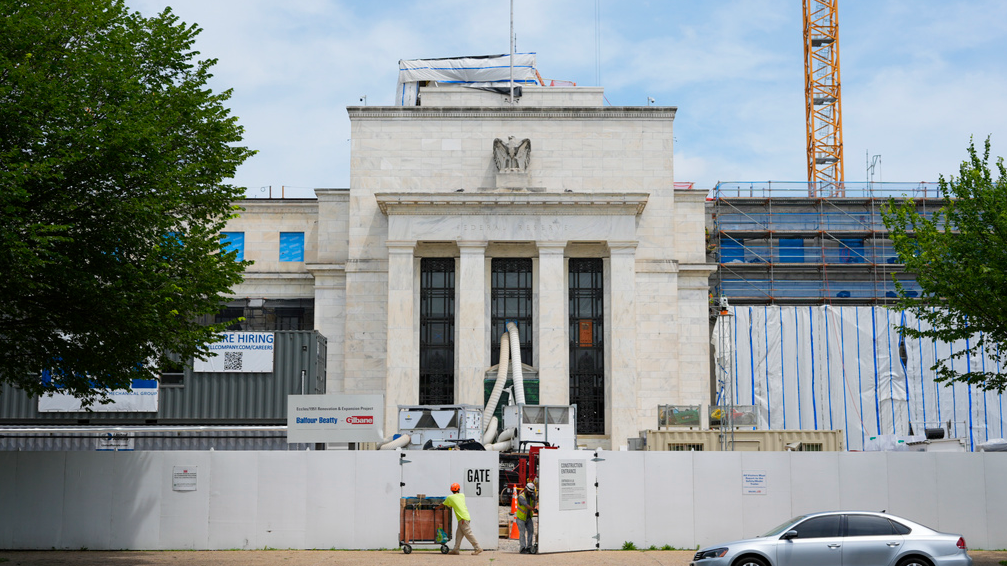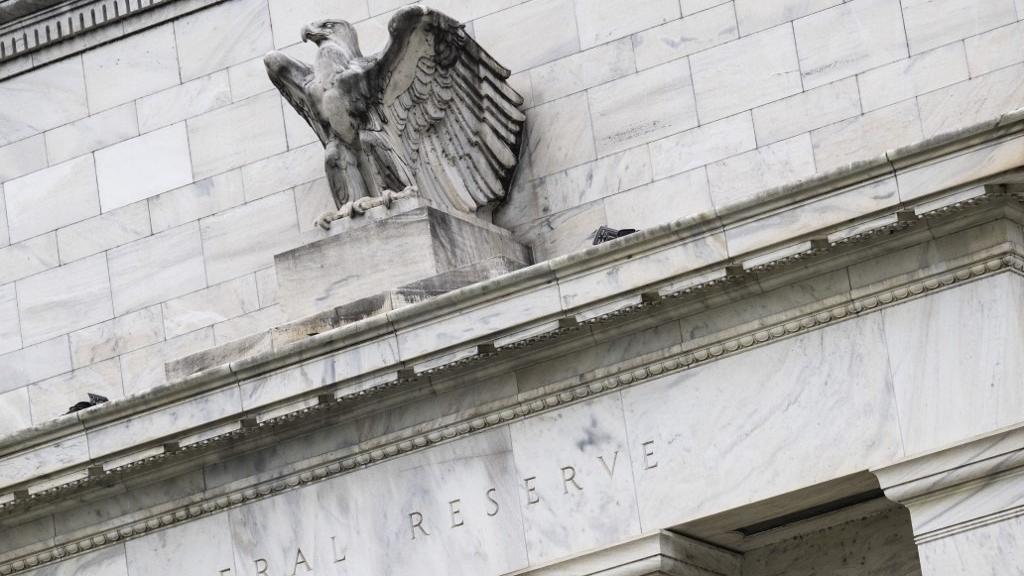
WASHINGTON - Rising prices across an array of goods from coffee to audio equipment to home furnishings pulled inflation higher in June in what economists see as evidence of the Trump administration's increasing import taxes passing through to consumers.
Overall consumer prices rose 0.3 percent in June, a roughly 3.5 percent annual rate, after a 0.1 percent increase in May.
Economists - and Fed officials - say they were expecting inflation to gather pace this summer as the lagged impact of tariffs gets passed along by businesses, and the June data suggest central bank policymakers in particular may remain reluctant to cut interest rates until more information is at hand. The tariff price shock could ultimately prove a temporary, one-time adjustment. But with the final tariff levels still being considered by US President Donald Trump, and steeper levies threatened as of August 1, the inflation outlook remains unsettled.
"Today's report showed that tariffs are beginning to bite," said Omair Sharif, head of Inflation Insights, "apparel prices rose, household furnishing prices jumped ... and recreation commodities increased."
Those are heavily imported items and the increases were substantial. Prices for audio-video equipment rose 1.1 percent over the month and have risen 11.1 percent on a year-over-year basis, the largest jump ever in a category where globalization had generally meant steady or falling prices. It will likely strike a note of caution for the Fed, which has been facing almost daily criticism from Trump for not cutting interest rates, a step central bankers have been reluctant to take until it is clear where the tariffs will leave the US economy.
ALSO READ: Report: US Fed keeps ignoring Trump push for interest rate cuts
Yields on US Treasury securities rose to their highest in about a month, and interest rate futures reflected growing uncertainty that the Fed would resume rate cuts in September, with a model from CME group showing that decision was seen a near toss-up after being the baseline expectation for the past month or so.
In a speech in Washington Tuesday, Federal Reserve Bank of Boston President Susan Collins warned that she continues to expect the rise in import taxes to push up inflation while pushing down growth and employment. But she added strong balance sheets on both the business and household sides may help absorb the hit and lessen its impact.
"The impact of tariffs may be lessened somewhat by an ability for firms to decrease profit margins and for consumers to continue spending, despite higher prices. As a result, the adverse impact of tariffs on labor market conditions and economic growth may be more limited," Collins said.

Trump on social media said that consumer prices were "LOW" and repeated his call for the Fed to cut rates. The consumer price level was about 1.2 percent higher in June compared to December, the last full month before Trump started his second term.
White House Press Secretary Karoline Leavitt said the fact that core inflation, which excludes food and energy prices, increased less than expected, "proves that President Trump is stabilizing inflation."
Core inflation increased at a 2.9 percent annual rate in June, slightly below the 3 percent consensus forecast, but slightly faster than in May. Food and energy costs both increased, pushing headline inflation up to 2.7 percent from 2.4 percent the month before.
"With increases in categories like household furnishings, recreation, and apparel, import levies are slowly filtering through," wrote Seema Shah, Chief Global Strategist at Principal Asset Management. "It would be wise for the Fed to remain on the sidelines for a few more months at least.”
Investors still expect the Fed in September to cut a quarter of a percentage point from the current 4.25 percent to 4.5 percent benchmark interest rate maintained since December, but odds of a cut at the upcoming July 29-30 meeting are now below 5 percent.
ALSO READ: Trump says he has 'two or three' choices to replace Fed's Powell
Powell had earlier pinpointed this summer as the time when the US central bank will learn if inflation is responding to the tariffs applied on trading partners and various industrial sectors.
So far the levies were having only a limited impact on inflation, but economists broadly have expected to see them eventually filter into retail prices.
"We know there is a lag between implementation and the inflationary effect," said Gregory Daco, chief economist at EY-Parthenon. "Businesses manage imports using different processes ... We have not seen the full-blown effects of tariffs on CPI data ... I would expect to start to see more."
Clawing back tariff costs
The June CPI data will likely leave the Personal Consumption Expenditures Price Index the Fed uses for its 2 percent inflation target well above that goal, with increased uncertainty now that Trump has threatened tariff levels of 30 percent or more on Mexico, Canada and the European Union, and more actions always possible.
The PCE index outside food and energy rose at a 2.7 percent annual rate in May; recent Fed policymaker projections see it hitting 3.1 percent by the end of 2025; and the most recent round of tariffs threatened by Trump for August 1 could push it even higher.
The new tariff rates "if fully passed through, would add about 0.4 percentage points to the PCE price level," Michael Feroli, chief US economist at JP Morgan, estimated. "Given imperfect pass-through, margin compression, a more likely estimate is 0.2-0.3 points. We think this bolsters the case for the Fed to take a very cautious approach to rate cuts."
Daco said there was already "divergence" beginning across a wide swath of goods where prices are rising faster than they did before Trump's initial rounds of tariffs.
The price of household furnishings, for example, jumped a full percentage point in June. Prices of those products had been dropping, but reversed course in the spring.
Other economists have pinpointed different items that could show where the new import taxes are starting to hit consumer prices.
Sharif, the head of Inflation Insights, said the broad category referred to as "recreational commodities," which includes things like toys and audio and visual equipment.
Outdoor equipment and tools are also items that are heavily imported, and while the pace of price increases had picked up in the spring it fell back in June to 0.2 percent versus 0.6 percent in May.
Still, "tariff costs are strikingly visible in June’s CPI data," wrote Samuel Tombs, chief US economist for Pantheon Macroeconomics. Excluding autos, prices for other non-food or energy goods rose at the fastest pace since June, 2022, when the Fed was still in a battle to lower pandemic-era inflation.
"Prices rose especially sharply for goods which are primarily imported," with prices for appliances, sports equipment and toys all rising nearly 2 percent on the month, he said.


